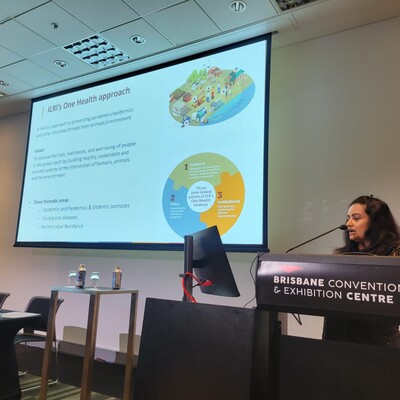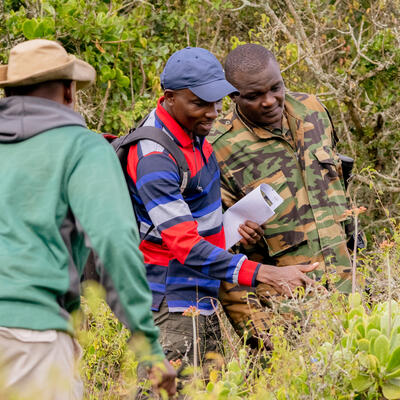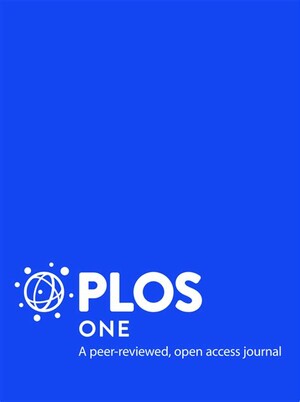
Integrating digital innovation in wildlife conservation at ILRI's Kapiti Research Station
World Wildlife Day was announced as 3 March by the United Nations General Assembly (UNGA), during its 68th session in December 2013. This annual global observance highlights the critical role of wildlife and biodiversity-based resources in providing essentials like food, fuel, medicine, housing and clothing for the people who depend on them. To ensure that we and future generations can continue to appreciate the advantages of nature, collective efforts are being made to maintain thriving ecosystems. Celebrating this day emphasizes the importance of global conservation efforts aimed at protecting wildlife.
The International Livestock Research Institute (ILRI), hosted by Ethiopia and Kenya, is situated in a unique space at the intersection of livestock management, smallholder farmers, pastoralist communities and wildlife conservation fostering connections between people, livestock and wildlife.
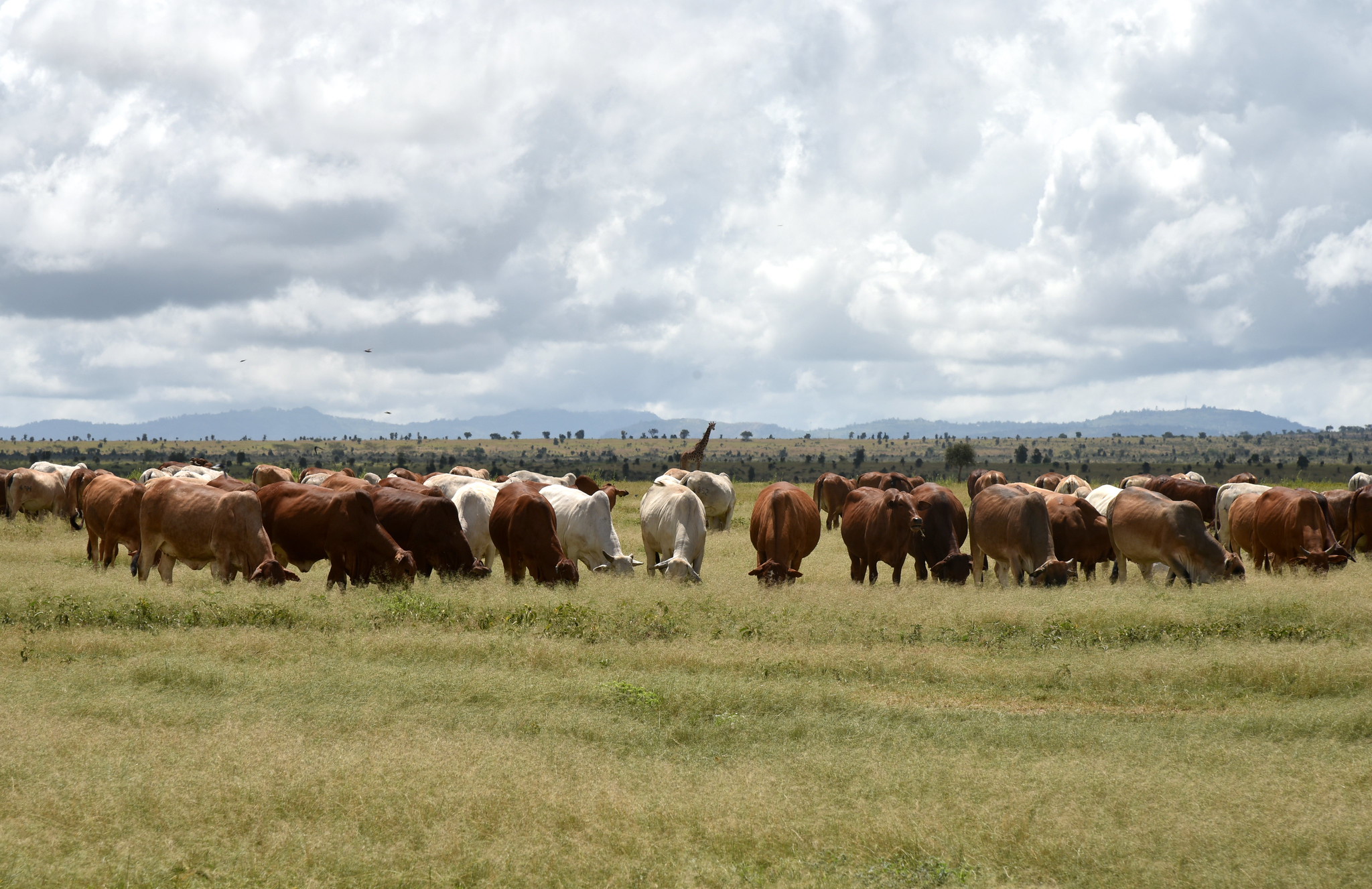
This year's theme, 'Connecting People and Planet: Exploring Digital Innovation in Wildlife Conservation,' is brought to life through ILRI’s Kapiti Research Station and Wildlife Conservancy. This area serves as an essential wildlife corridor, facilitating the movement of wildlife across diverse landscapes and contributing to conservation and sustainable management practices.
At this facility, we display the use of digital technologies such as camera traps in wildlife conservation. Specifically, these tools aid in giraffe conservation by tracking and analyzing roadkill incidents to address human-wildlife conflicts. Notably, conservation organizations such as Save Giraffes Now are utilizing the Kapiti Research Station and Wildlife Conservancy to conduct giraffe conservation studies, further emphasizing the facilities role as a hub for innovative conservation strategies that benefit giraffes and other wildlife species, promoting relationship between people and the planet.
Kapiti Research Station and Wildlife Conservancy is a special ecosystem in that it provides a safe environment for both livestock and wildlife to co-graze, with diverse and abundant foraging options and protection from poaching.
‘For giraffes this is a sanctuary,’ says Aggrey Chemwa, head of research at Save Giraffes Now.
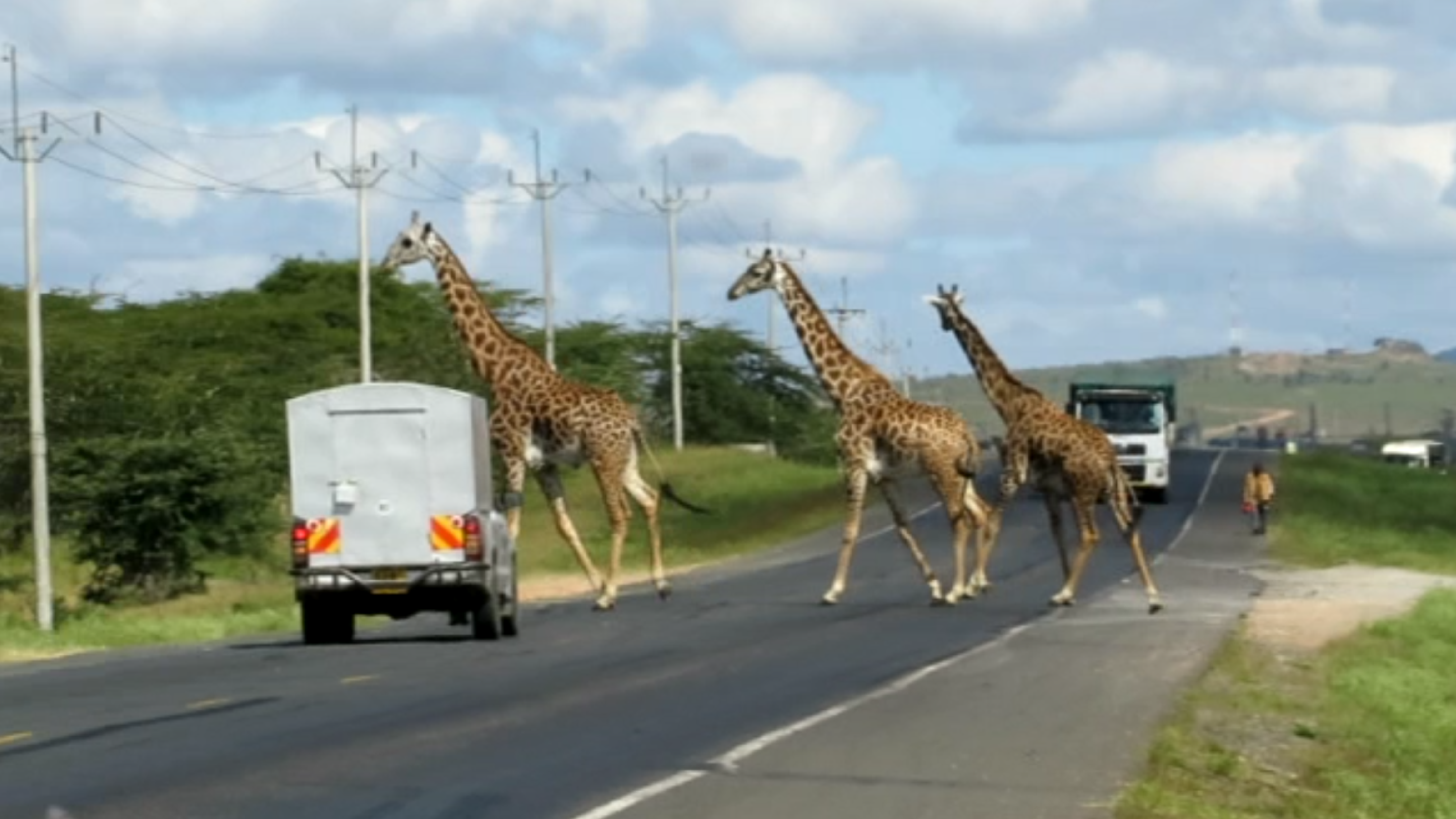
‘We are using camera traps to map and understand the giraffe crossing patterns—whether it's a group or individual behavior—camera traps are used to monitor the times, frequencies and specific points of these crossings with the end goal to conserve the species by introducing interventions and mitigate roadkills,’ he added.
Much of this work is being carried out with relevant stakeholders and communities in the region to ensure that conservation efforts are inclusive and effective. ILRI’s Kapiti Research Station and Wildlife Conservancy remains a fundamental space to address wildlife-livestock research activities.
Other activities at the interface
In a project focused on tackling emerging public health threats in Africa's drylands, funded by the Defense Threat Reduction Agency (DTRA), scientists are undertaking critical work in northern Kenya. They are equipping cattle with collars to track their movements and interactions with wildlife. This initiative seeks to understand the dynamics leading to the exposure of pastoralist communities and their livestock to pathogens.
The research team is integrating closely with communities throughout northern Kenya. This approach aims to gain a deeper understanding of the interplay between household behaviors, environmental risks, and pathogen exposure. The ultimate objective is to enhance the capacity of regional hospitals, enabling them to detect and respond promptly to outbreaks of emerging pathogens in these isolated regions.
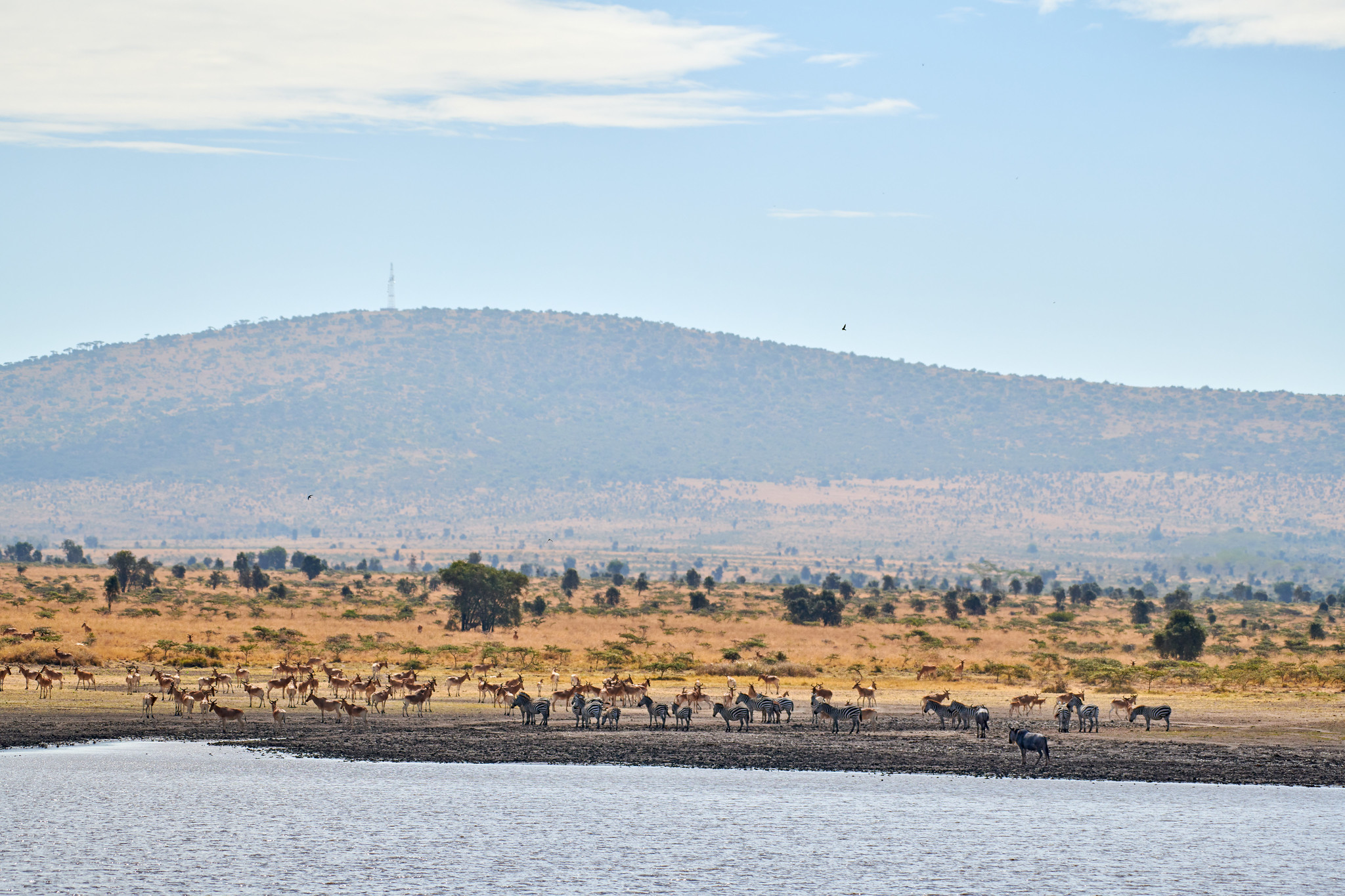
Learn more about some of the projects at the livestock-wildlife interface here:
https://www.ilri.org/wildlife-research
Watch some videos on innovative technologies here:
Save Giraffes Now is working with ILRI Kapiti Research Station and Conservancy
How are trail cameras used at ILRI Kapiti Research Station and Conservancy?






